Central America
Costa Rica’s Poás volcano on orange alert amid rising magma activity
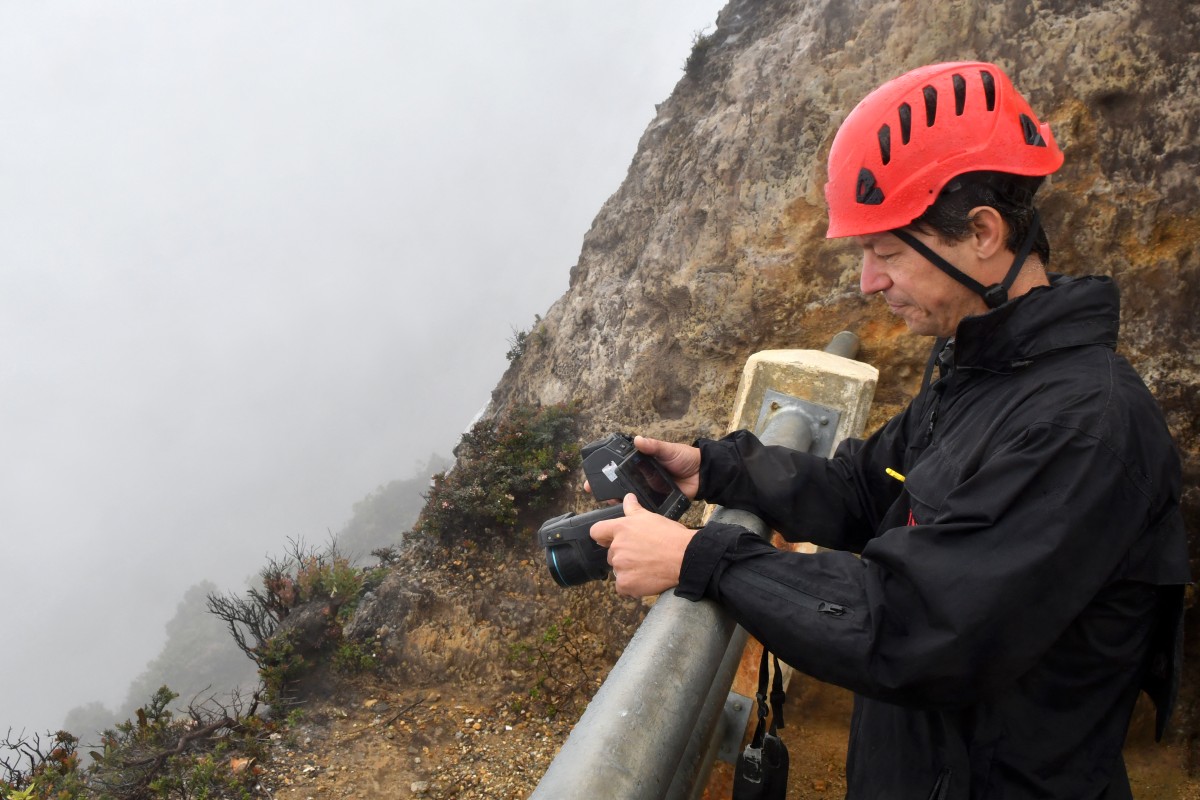
The colossus, standing 2,708 meters high, is surrounded by a dense forest and located 50 km from San José by road. On March 1st, it showed an increase in activity, prompting authorities to restrict visits—though not suspend them entirely.
“We have a lot of information indicating that fluids are rising from deep within the volcano. We don’t know what will happen, but this activity is concerning,” said French volcanologist Geoffroy Avard from the Volcanological and Seismological Observatory of Costa Rica (Ovsicori) in an interview with AFP.
“At this moment, [Poás] is at level three (orange alert), which we call ‘precaution.’ It is the third level out of four, and that’s because the volcano is showing several indicators that raise serious concerns,” he added.
According to the National Seismological Network, Costa Rica has over 120 volcanic sites, but most are extinct. Only five remain active: Poás, Rincón de la Vieja, Arenal, Irazú, and Turrialba.
“The [Poás] volcano is currently very unstable, and the shape of the gases indicates that it is magma,” the Ovsicori expertexplained.
Visits to the Poás Volcano were suspended from April 2017 to August 2018 due to eruptions. When reopened, stricter safety measures were implemented, including shelters and protective gear for visitors.
“The most significant explosion we had in the last decade—or perhaps a bit more—was the April 22, 2017 eruption. Rocks were ejected up to 1.5 kilometers away,” the volcanologist recalled.
Central America
Nicaragua revokes legal status of 10 more NGOs, bringing total to over 5,600
The Nicaraguan government canceled the legal status of 10 more non-profit organizations on Friday (March 28, 2025), including the Swiss Foundation for Development Cooperation, bringing the total number of non-governmental organizations (NGOs) shut down since December 2018 to over 5,600.
According to the Ministry of the Interior, the Swiss Foundation for Development Cooperation, which had been registered since March 9, 2002, was found to be in non-compliance for failing to report its financial status for 2024 and for having an expired board of directors.
Among the 10 NGOs whose legal status was revoked were religious organizations, educational groups, consumer associations, and aquaculture organizations, all dissolved “voluntarily” or closed under similar reasons.
As of today, more than 5,600 NGOs have been dismantled following the popular protests that erupted in April 2018 in Nicaragua. In most cases, the assets of these organizations have been ordered to be transferred to the state.
Central America
Panama’s president declares Darién gap ‘closed’ amid sharp drop in migrant flow
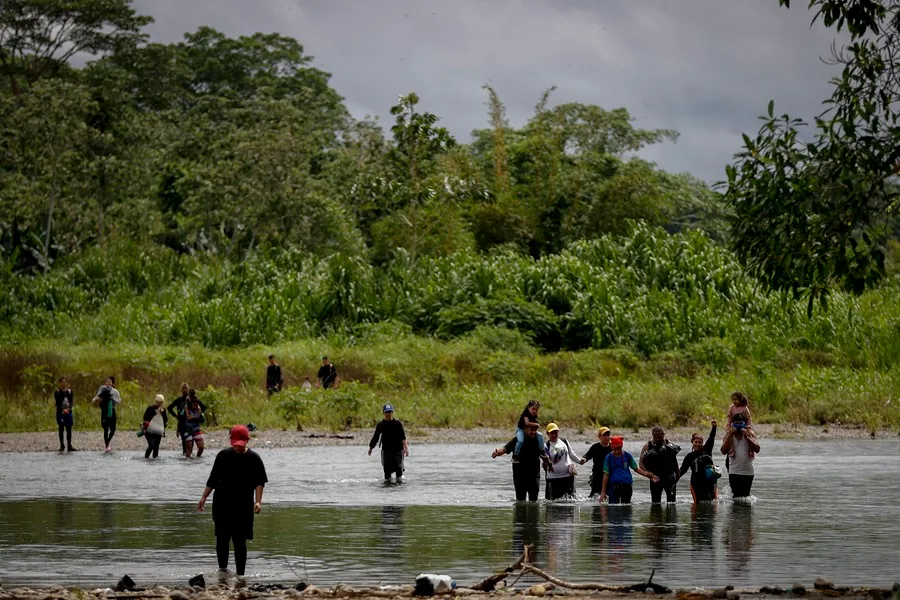
After years of receiving thousands of migrants daily traveling from the south towards the United States, the dangerous Darien jungle crossing at the Panama-Colombia border can now be considered closed, said Panamanian President José Raúl Mulino on Thursday.
“For all practical purposes, the Darien border is closed… We no longer have a migration problem coming from Colombia,” Mulino stated during his weekly conference, announcing that the migrant flow through this crossing had dropped by 97% in March compared to the same period in 2024.
Only 194 migrants have crossed the Darien from south to north this month, according to official data.
The more restrictive migration policies of U.S. President Donald Trump, since taking office on January 20, have impacted the situation, along with Panama’s increased control over the migration flow, according to experts and authorities.
Several weeks ago, the Panamanian government announced the closure of two of the three shelters located in the Bajo Chiquito and Lajas Blancas areas in the Darien, which had been set up to accommodate migrants due to the low number of people they were receiving.
Panama has been heavily criticized by human rights groups for detaining migrants without their passports or cell phones, and under harsh conditions in these camps.
Regarding the flow of migrants traveling from north to south, many of whom are returning due to the impossibility of reaching the United States, “it has grown a little, but it has grown,” said Mulino. Most migrants continue their journey back to their countries of origin.
The majority of migrants in both cases are Venezuelan, according to the president.
Central America
Nicaragua’s new judicial law consolidates power in Ortega and Murillo’s hands

The National Assembly (Parliament) of Nicaragua approved a law on Thursday that grants the country’s co-presidents, Daniel Ortega and Rosario Murillo, the authority to appoint the head of the Supreme Court of Justice for a six-year term, as well as the members of the National Council of Administration and Judicial Career.
The Organic Law of the Judicial System of the Republic of Nicaragua, proposed by Ortega and Murillo, was approved unanimously and swiftly by the Sandinista-controlled legislature during a session held in Managua.
This law, which repeals the Organic Law of the Judiciary, subordinates the justice system to the Presidency of the Republic, currently held by Ortega and Murillo, according to the text.
The new law establishes the figure of the judicial body rather than a state power and reduces the number of magistrates from 16 to 10.
-

 International4 days ago
International4 days agoDHS Secretary Kristi Noem to meet with Mexico’s President Claudia Sheinbaum on friday
-

 International2 days ago
International2 days agoFederal court blocks Trump’s use of Enemy Alien Act for deportations
-

 International4 days ago
International4 days agoMaduro urges UN to intervene for venezuelan migrants detained in El Salvador
-

 International4 days ago
International4 days agoCanada updates U.S. travel advisory amid immigration policy changes
-

 International4 days ago
International4 days agoLula meets Japan’s emperor as Brazil seeks stronger trade ties
-
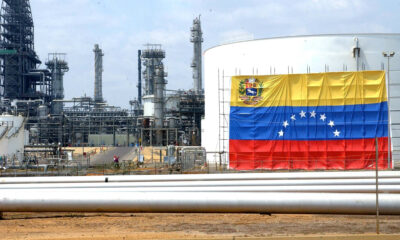
 International4 days ago
International4 days agoTrump’s tariff decree disrupts venezuelan oil exports to China
-

 Central America2 days ago
Central America2 days agoKristi Noem in Latin America: Talks with Bukele on expulsions and security policies
-
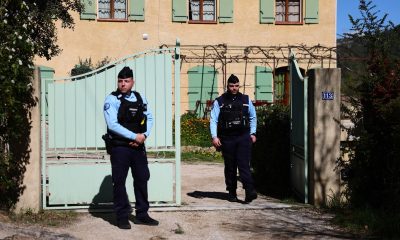
 International4 days ago
International4 days agoMystery deepens in Émile Soleil case as family members are arrested
-
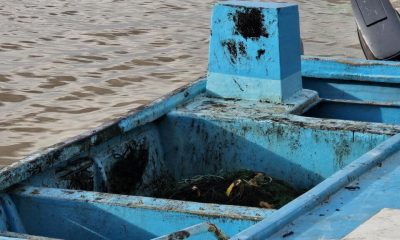
 International2 days ago
International2 days agoEcuador oil spill worsens as containment dam collapses
-

 Central America2 days ago
Central America2 days agoHonduran group in U.S. pushes for voter registration to prevent election fraud
-

 International4 days ago
International4 days agoU.S. Homeland Security Chief tours Latin America as deportation policy sparks tension
-

 International4 days ago
International4 days agoDHS official recognizes El Salvador as key ally in combating irregular migration
-

 International4 days ago
International4 days agoTech industry shocked by sudden death of Samsung executive Han Jong-hee
-

 Central America2 days ago
Central America2 days agoNicaragua denounces Costa Rica’s position in SICA as aligned with foreign interests
-

 International4 days ago
International4 days agoForensic genealogy uncovers identity of woman found in California in 1966
-

 International4 days ago
International4 days agoBolivia declares disaster in 90 municipalities as heavy rains continue
-

 International4 days ago
International4 days ago23andMe declares bankruptcy amid data breach fallout and declining sales
-
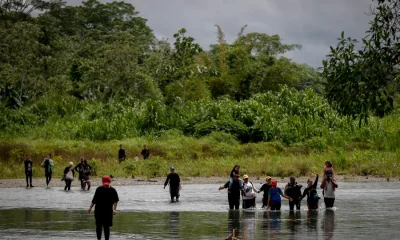
 Central America2 days ago
Central America2 days agoPanama’s president declares Darién gap ‘closed’ amid sharp drop in migrant flow
-

 Central America2 days ago
Central America2 days agoNicaragua’s new judicial law consolidates power in Ortega and Murillo’s hands
-

 International2 days ago
International2 days agoMarco Rubio warns Venezuela against military action against Guyana
-
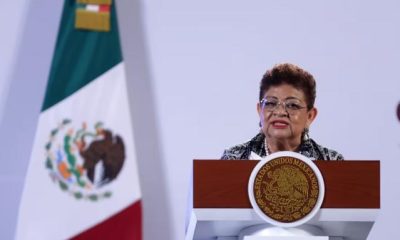
 International4 days ago
International4 days agoMexico to launch National Identity Platform to aid in missing persons search
-
Central America9 hours ago
Nicaragua revokes legal status of 10 more NGOs, bringing total to over 5,600















